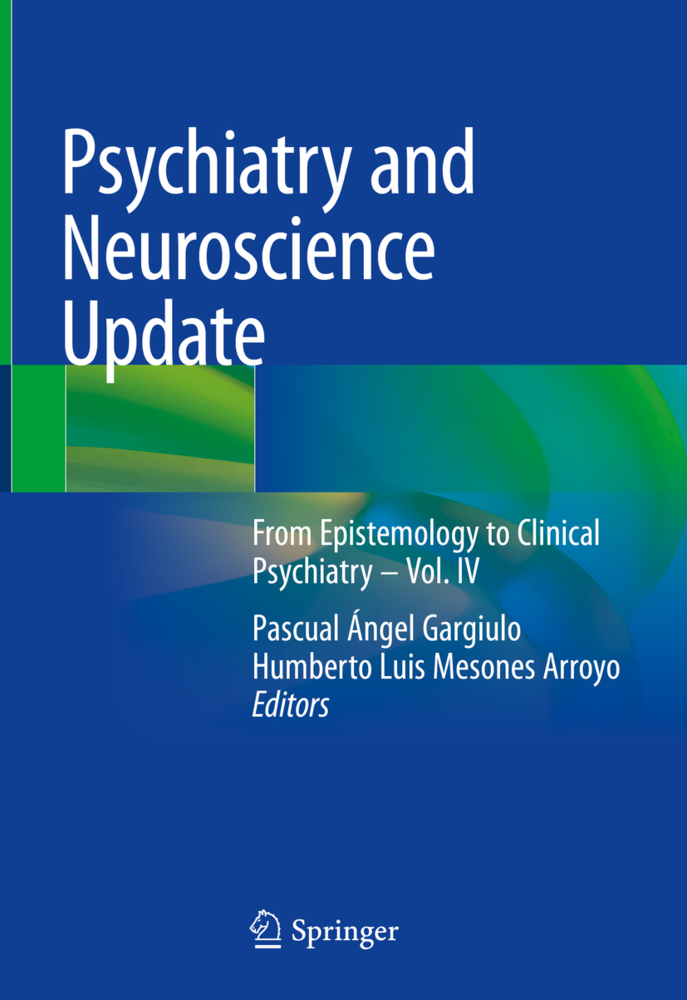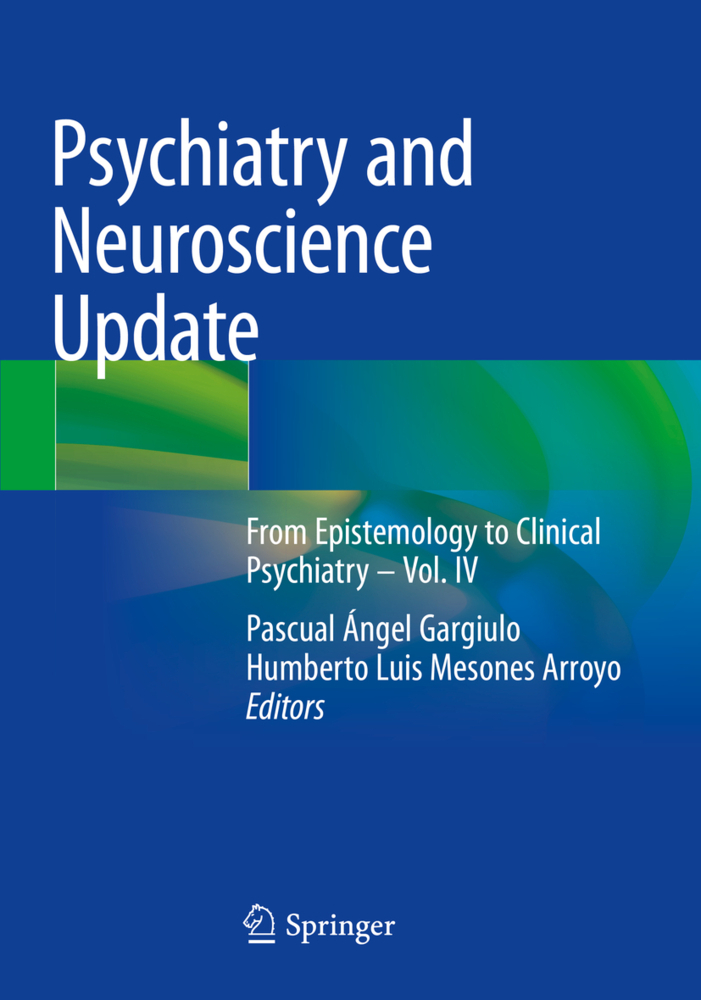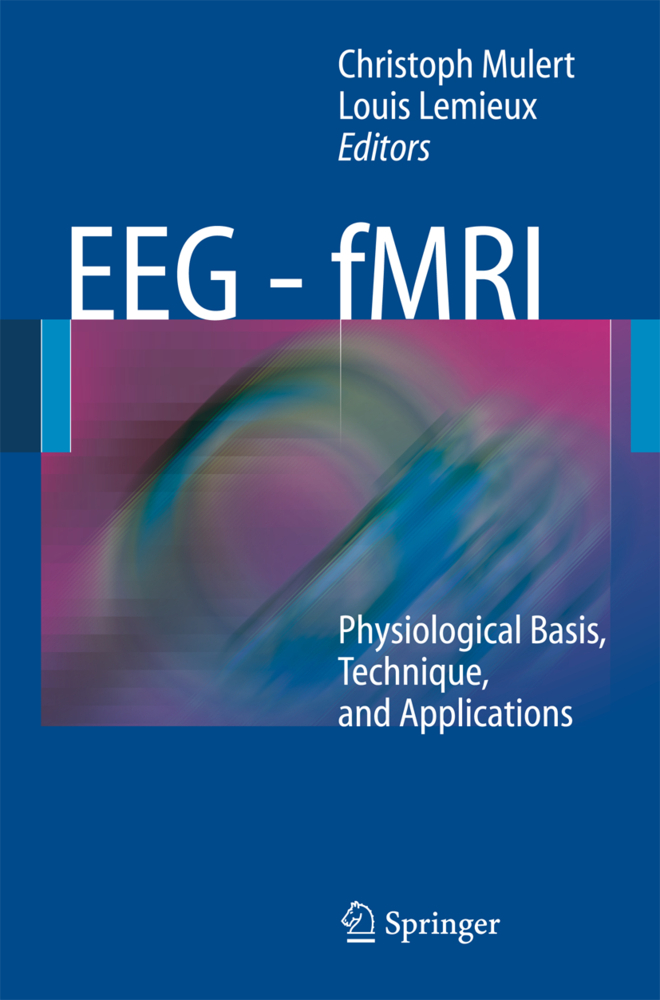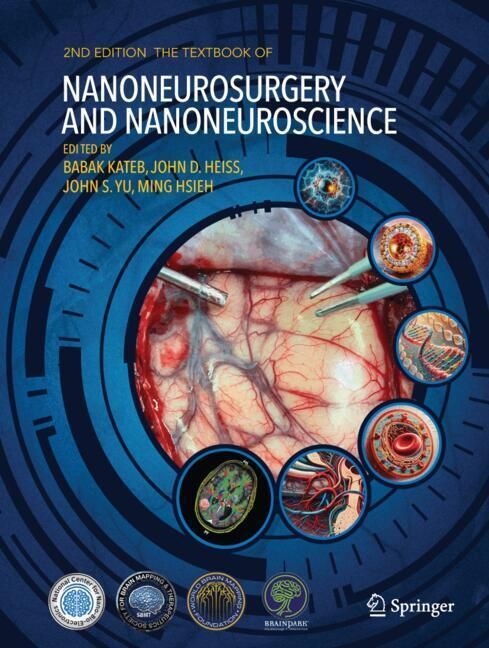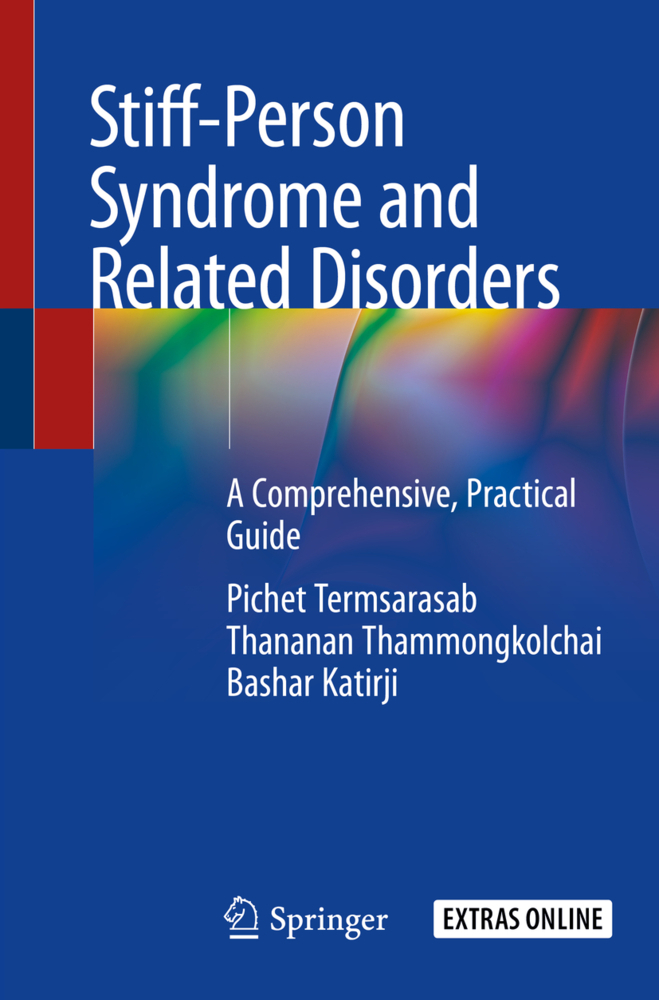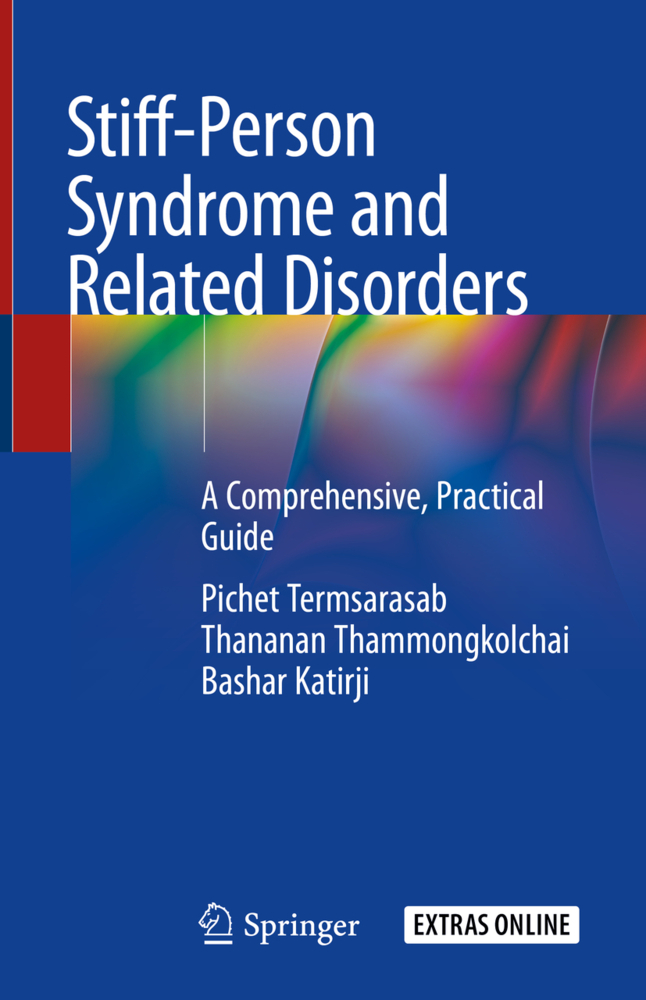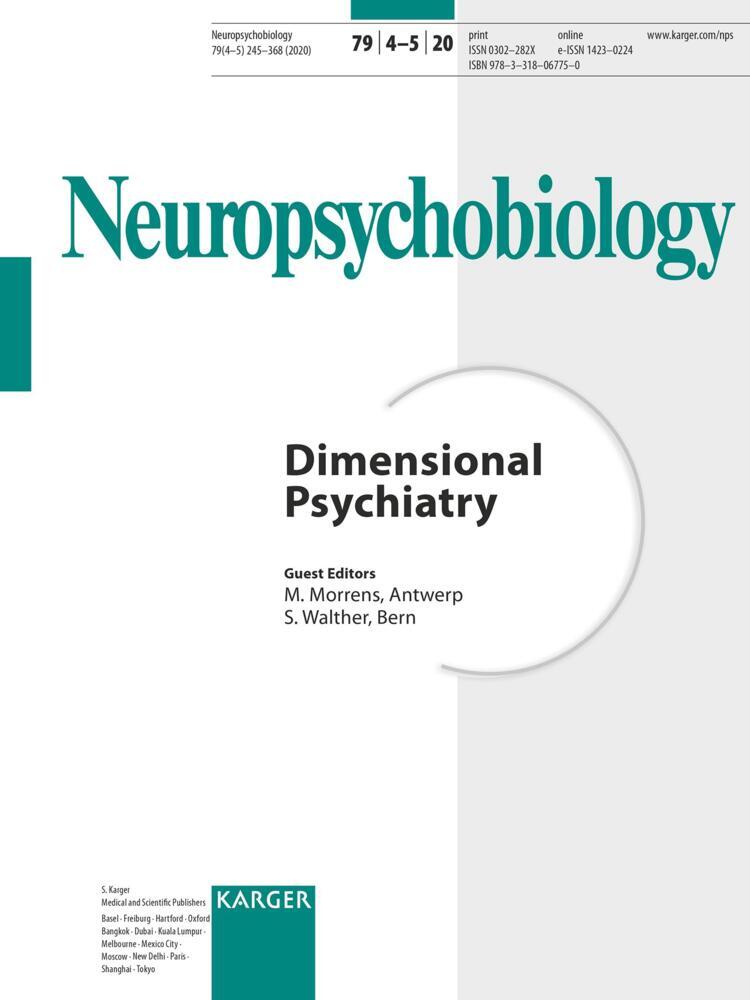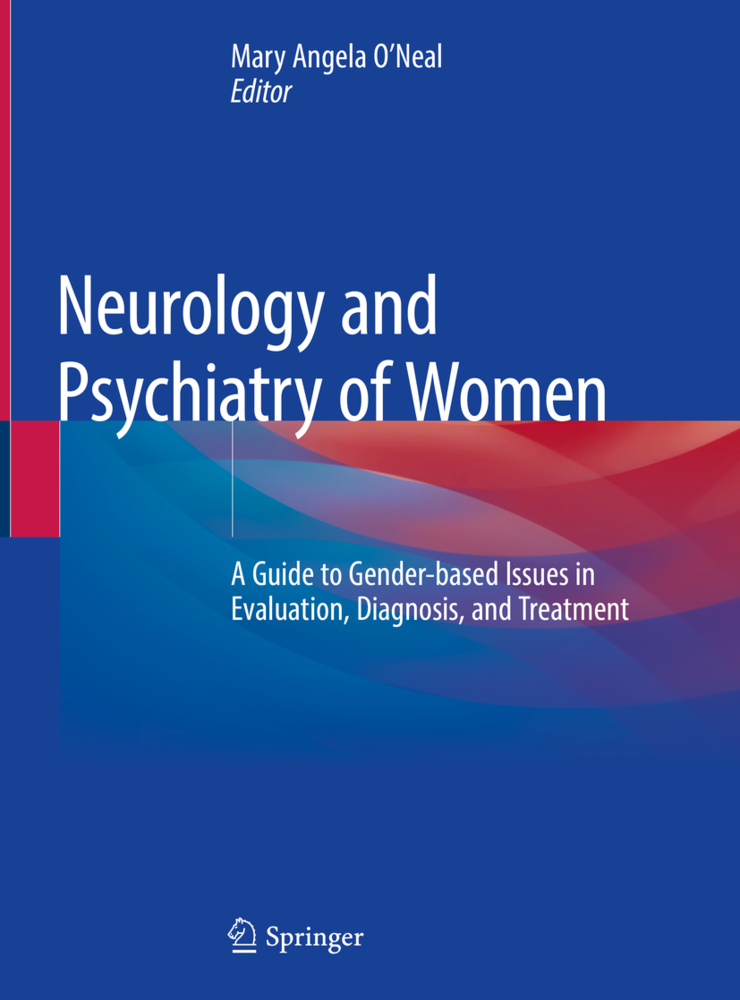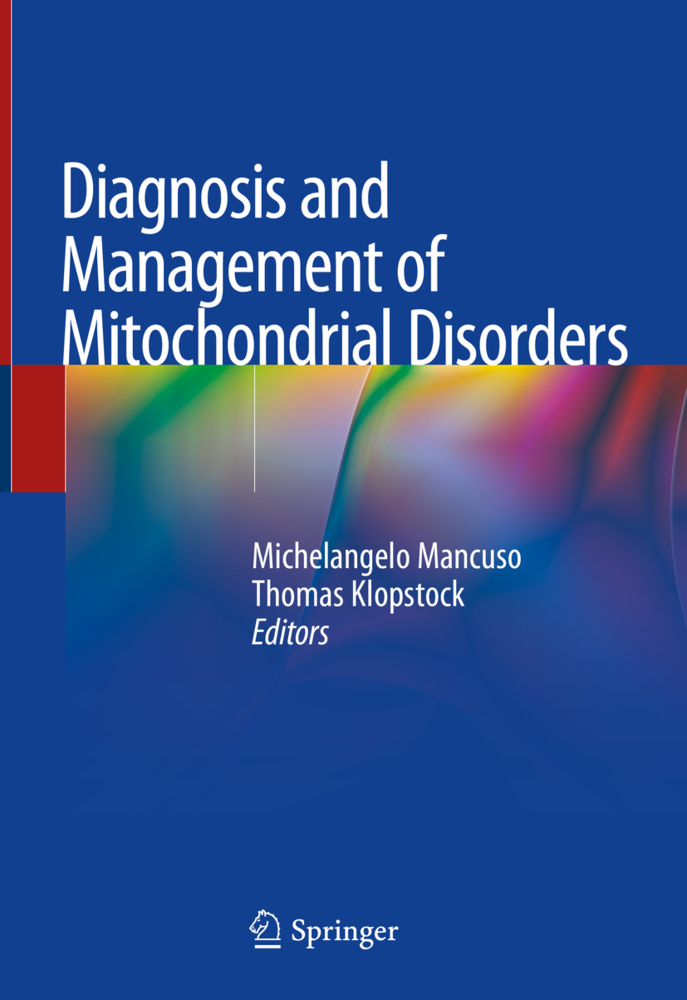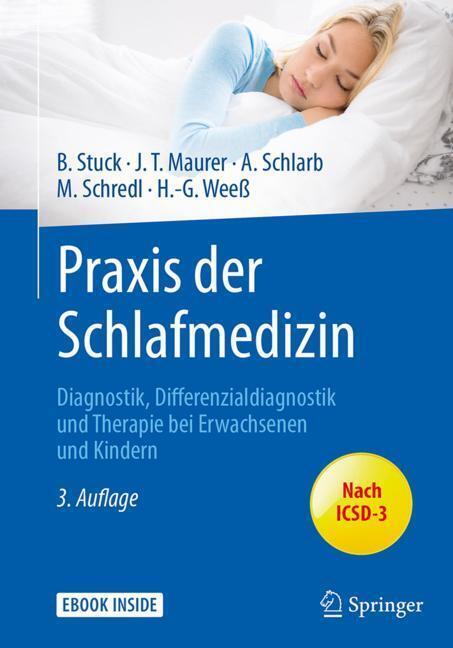Psychiatry and Neuroscience Update
This broad and thought-provoking volume provides an overview of recent intellectual and scientific advances that intersect psychiatry and neuroscience, offering a wide range of penetrating insights in both disciplines. The fourth volume on the topic in the last several years from a varying panel of international experts identifies the borders, trends and implications in both fields today and goes beyond that into related disciplines to seek out connections and influences. Similar to its three Update book predecessors, Psychiatry and Neuroscience - Volume IV presents a range of interesting topics in the main disciplines - psychiatry and neuroscience - and attempts to provide deeper comprehension or explication of the normal and diseased human mind, its biological correlates and its biographical and existential implications. This engaging volume continues the previous style of exploring different disciplines and trying to integrate disciplinary evidence from varying points of view in an organic manner.
The first section is about epistemological considerations regarding the study of normal and abnormal human behaviors, including, for example, the topic of phenomenological psychopathology and phenomenological psychiatry in relation to schizophrenia and substance misuse, among other topics.
Section 2 addresses issues around the translation of basic neuroscience to expression in the human brain and behavioral implications. Section 3 discusses the issues of learning, teaching and the role of social environment in the field of neuroscience. Finally section 4 reviews various perspectives on explaining human pathological behaviors -- from brain disorders to psychopathology.
SECTION 1. EPISTEMOLOGICAL CONSIDERATIONS ABOUT THE STUDY OF NORMAL AND ABNORMAL HUMAN BEHAVIORS.- 1. Psychiatry and the Inference to the Best Explanation.- 2. The Notion of Empathy According to Edith Stein.- 3. Coincidence with One's Self.- 4. Naturalism, Psychology and Culture: Nature vs. Nurture?.- 5. The Self-Organized Feedback Brain.- 6. The Dynamis as the Object of a Philosophical Medicine. An Epistemological Analysis of the Treaty "On Ancient Medicine".- 7. Inserted Thoughts and the Higher-Order Thought Theory of Consciousness.- 8. Relationship between Body and Soul According to Saint Thomas: An Obsolete Issue?.- 9. The Conception of Psychosomatic Medicine in Spain: From Neurology to the Person.- 10. From Phenomenological Psychopathology to Phenomenological Psychiatry: The Cases of Schizophrenia and Substance Misuse.- 11. The Notion of Person in Neuroscience: From Cognitivism to a Comprehensive Phenomenology.- 12. The Neuroethics of Beauty: Insights from Aldous Huxley's Theory of Knowledge.- 13. Radical Solutions to the Ontological and Epistemological Problems of Consciousness.- 14. A Discussion of Anxiety over the Last Millennium (1000 to 2000).- SECTION 2: FROM BASIC NEUROSCIENCES TO HUMAN BRAIN.- 15. Neurotransmitters and Hormones in Human Decision-Making.- 16. Glial Cells in the Schizophrenia Puzzle: Angiotensin II Role.- 17. Somatostatin and Neurotensin Systems in Schizophrenia.- 18. Mechanisms of Action of Anxiolytics.- 19. From Benzodiazepine Prescription to Dependence: Learning Processes Involved.- 20. Beyond Acute Traumatic Brain Injury: Molecular Implications of Associated Neuro-inflammation in Higher-Order Cognitive Processes.- 21. Physiology and Pharmacology of Melatonin.- 22. Cytoprotection by Melatonin. The Metabolic Syndrome as an Example.- 23. Neural-Network Simulations of a Possible Role ofthe Hippocampus in Pavlovian Conditioning.- 24. Brassica Vegetables: Rich Sources of Neuroprotective Compounds.- 25. Colored Compounds in Fruits and Vegetables and Health.- 26. Prospects of Herbal Remedies in Neuropsychiatric Diseases from the Gut-Brain Communication Perspective.- 27. Biological Strategies, Adjunct to the Current Antidepressant Treatment.- 28. Potential Interactions between Environmental and Psychoneurobiological Factors in the Interface between Stress and Depression: A Road Map to Resilience.- 29. The Impact of Apolipoprotein E allelic Variants on Alzheimer Disease.- 30. Fearing Parkinson's Disease: Relationships between Cognition and Emotion
SECTION 3: NEUROSCIENCES, LEARNING, TEACHING AND THE ROLE OF SOCIAL ENVIRONMENT.- 31. Friendship Relationships in Children and Adolescents. Positive Development and Prevention of Mental Health Problems.- 32. Bullying and Cyberbullying in Adolescents: A Meta-analysis on the Effectiveness of Interventions.- 33. A Summary of the Developmental Trajectory of Executive Functions from Birth to Adulthood.- 34. Approach to Learning in the University: Reference to Learning to Learn.- 35. Comparative Cohort Study of Burnout Syndrome in State Schools' Teachers.- 36. Traumatic Situations and Mental Disorders in Migrants, Refugees and Asylum Seekers.- SECTION 4: EXPLAINING HUMAN PATHOLOGICAL BEHAVIORS. FROM BRAIN DISORDERS TO PSYCHOPATHOLOGY.- 37. The Transition to a Dimensional System for Personality Disorders: Main Advances and Limitations.- 38. Epilepsy and psychiatric comorbidities: new approaches and perspectives.- 39. Integrative Objective Quantification of Individual Locomotor Behavior in Depressive Patients: Implications for their Stratification and Personalized Treatment Monitoring.- 40. Epidemiological Perspectives in Psychosomatic and Liaison Psychiatry.- 41. Emotions and Cognitions in Bipolar Disorder.- 42. Cannabis and Psychosis: A Causal Association.- 43. Gut Microbiota Biomarkers in Autism Spectrum Disorders.- 44. Brain Magnetic Resonance Imaging in Attention-Deficit/Hyperactivity Disorder (ADHD).- 45. Research Contributions of Magnetic Resonance Spectroscopy in Psychopathology.- 46. Prescribe Psychotropic Drugs in the Elderly.
Gargiulo, Pascual Ángel
Mesones Arroyo, Humberto Luis
| ISBN | 978-3-030-61720-2 |
|---|---|
| Medientyp | Buch |
| Copyrightjahr | 2021 |
| Verlag | Springer, Berlin |
| Umfang | XXXV, 677 Seiten |
| Sprache | Englisch |

